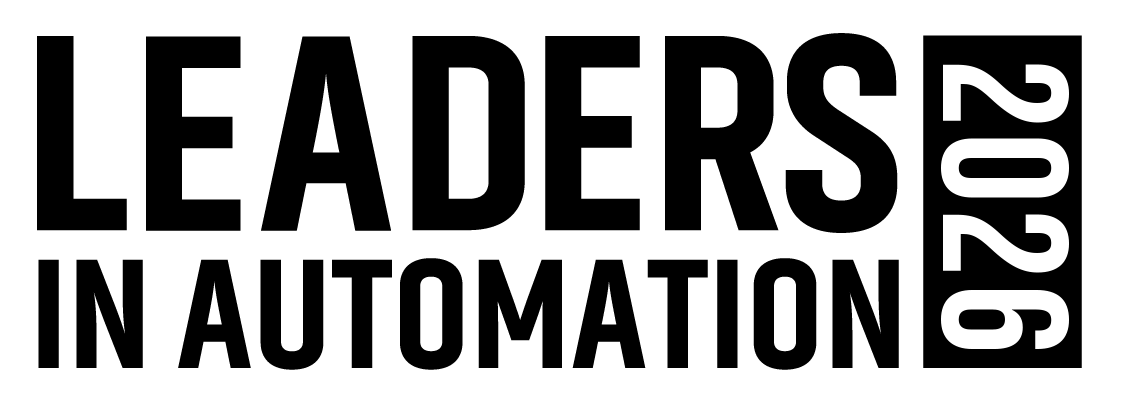When it comes to legacy control systems, the old adage of “if it isn’t broke, don’t fix it” is putting many manufacturing businesses at risk. But in today’s period of tight budgets and high efficiency, it is almost impossible to get the funding to upgrade legacy control systems—especially if that particular control system is still working fine.
While an entire book could be written about why you need to upgrade your control system now—before it becomes obsolete or ceases to function properly, I would like to point out a few of my favorite reasons.
Legacy systems are being phased out of production. We all know that the inevitable will happen and spare parts for older systems will be harder and harder to find. It is impossible for suppliers to continue making the old systems while also developing and manufacturing new ones. Most of the time there is a specific date your parts will no longer be available. This leaves you with only a few options. You can either stock up on spare parts while you can, or suffer through the inevitable task of upgrading your control system once it ceases to function properly and you have no more spare parts.
The knowledge base on legacy systems is getting smaller. With technology always racing ahead, it is getting more difficult to find individuals who are knowledgeable about older control systems. Good luck finding an individual who can skillfully navigate legacy control systems like DH+ or Modbus who isn’t retired or about to retire. In addition, keeping the proper software on computers that can still communicate with these systems is a painful task if you are also trying to service the new systems.
The new products are better. I used to love my father’s 1970 El Camino, but would I prefer that as my daily car today? Absolutely not. The old stuff works great and, in some cases, is easier to work on than the new systems. But with the advancements made in technology over the past 15-20 years, it is truly impossible to say old control system technology is better. Suppliers have put a ton of resources into improving their equipment and it shows. Programming and setting up communications on a control system is easier than ever.
Upgrading your control system will also upgrade your process. Thanks to technology advances, today we can collect more data and store it where it can be easily accessible to users. Screens are larger and you can store more information on them. And then there’s the Internet of Things, which promises to transform the manufacturing industry. In a recent article on wired.com, Daniel Burrus said, “The Internet of Things is far bigger than anyone realizes.” His article basically describes how the advancements in Internet connectivity are making machines and sensors intelligent. This intelligence has the potential to continuously improve manufacturing processes. Even in its most basic applications, having the ability to trend 100+ variables over the period of a year will only help increase your efficiency while also helping decrease the time needed to troubleshoot.
Simply put, if you are not thinking about upgrading your legacy control system right now, you are making a mistake. Preparing for the future is the only option you have if you want to avoid downtime. Plus, being proactive on this issue will increase your plant efficiency and profitability.
Elliot Hine is a control systems engineer at Loman Control Systems Inc., a certified member of the Control System Integrators Association. See Loman Control Systems' profile on the Industrial Automation Exchange.
About the Author
Elliot Hine
Control Systems Engineer, Loman Control Systems

Leaders relevant to this article:
